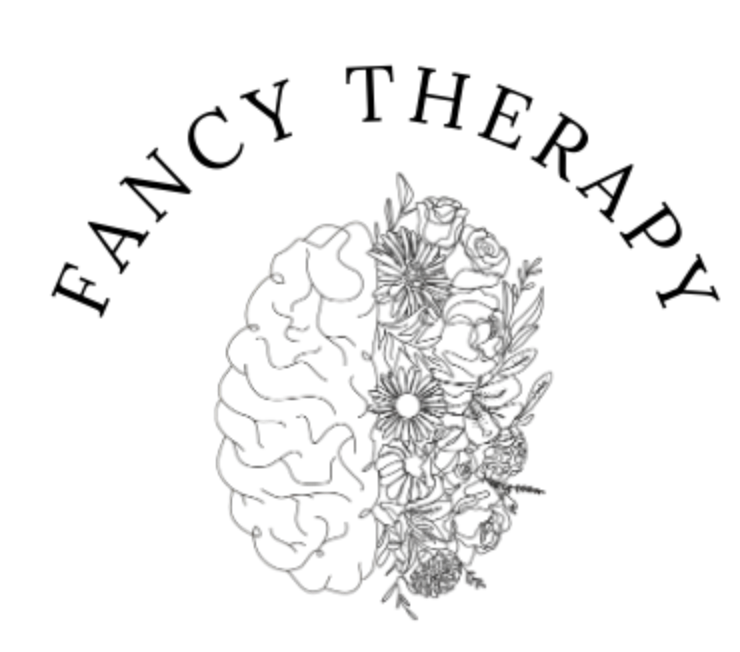What Happens in the Brain after Trauma?
After experiencing a traumatic event, a change in brain function can occur. For example, a stop sign may no longer just be a stop sign, it may be a trigger that sends your body into a state of panic, reminding it of the traumatic event. When the brain is reminded of the traumatic event, it goes into survival mode and will try to keep you safe from perceived danger. This can be dangerous as the survival mode state can impair reasoning and logical thinking, making it hard to calm yourself down.
Additionally, trauma will specifically affect your amygdala. This area of the brain is responsible for emotional responses and emotion in response to certain events. When you experience a traumatic event, the amygdala will associate any reminder of the traumatic event with stress and fear. This would induce a state of panic since the brain will be triggered by the reminder and produce the same feelings as if you were physically present in the situation.
Although experiencing traumatic events can be difficult emotionally and physically, there is professional help designed to reduce the state of panic and recognize certain triggers. The first step to healing the brain after trauma is to retrain it to eventually get back to the state before the event. Joining therapy can help to talk through your triggers and any feelings you may be having.




